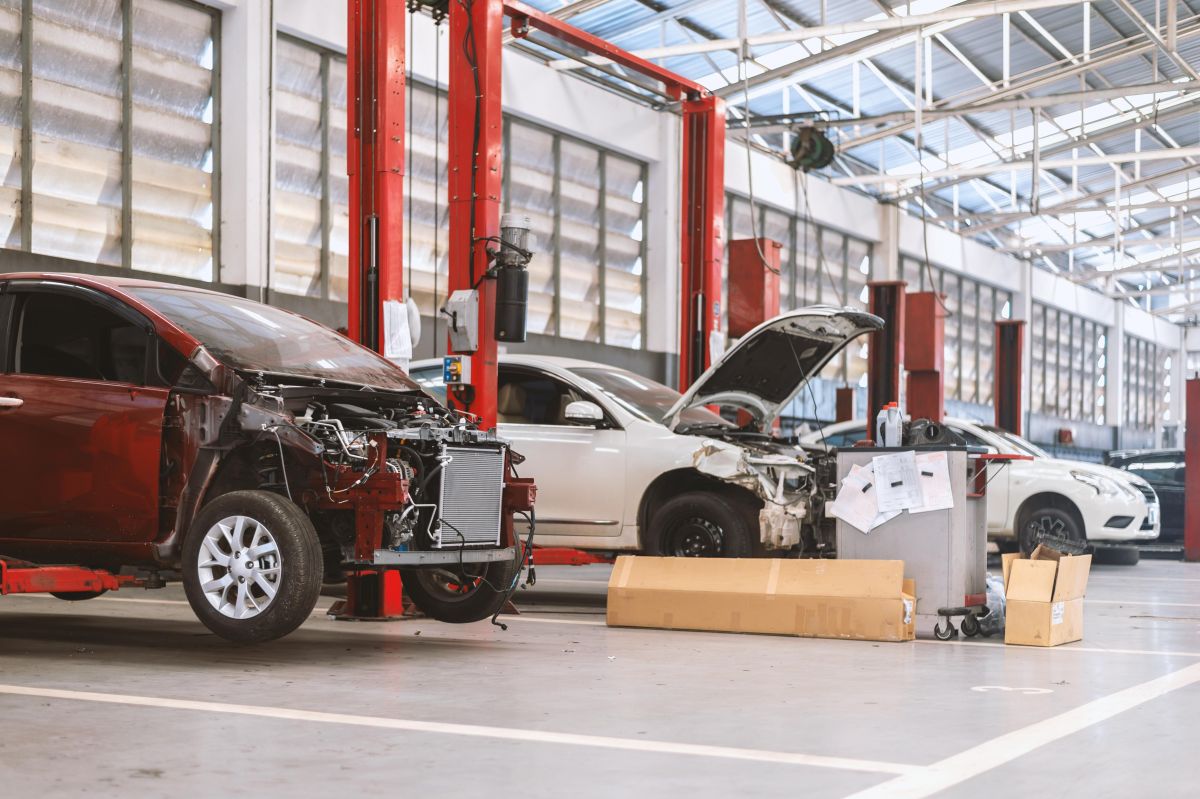Collision repair shops across the country are screaming the same refrain: we can't find the skilled workers we need. From auto body technicians to refinishers, estimators to admin leaders, the talent shortage is crippling our industry.
You don't have to look far to find proof. Just search "collision repair workforce crisis" and you'll be inundated with articles, reports and forums highlighting the same desperate plea: where are all the qualified candidates?
The problem isn't unique to us. Other industries are competing for the same pool of new graduates and job-seekers, offering lucrative salaries and enticing benefits. So how can we stand out in the crowd?
The solution lies in recognizing what makes a career in collision repair truly special. It's not just a job -- it's a chance to be creative, to problem-solve, and to make a real difference in people's lives. It offers competitive pay, ongoing learning and the potential for advancement.
But we need to shout these benefits from the rooftops. We need to invest in training and development to equip our current workforce with the skills they need to thrive. And we need to create a welcoming culture that values diversity, respect and continuous improvement.
The collision repair industry isn't going anywhere. But if we want to secure our future, we need to get serious about attracting and retaining the best talent now. The clock is ticking. The current state includes the results of this shortage, new employee acquisition costs (signing bonuses), lack of control that comes from entrepreneurial journeyman who have many choices of where they work and a paralyzing methodology keeping us from transitioning to a more sensible approach to efficiently operating removing excess costs and waste.
In order to understand why we are here we need to understand how we got here.
The Past 100 Years
The first automobiles were hand-built, luxury items crafted by skilled artisans who were part mechanics and part coachbuilders. These early vehicles were primarily constructed of wood, leather and later metal frames, which required significant craftsmanship.
Before the term "auto body technician" came into common use, blacksmiths and coachbuilders played the primary role in building and maintaining the bodies of early automobiles. They adapted their skills from making carriages to working on automobiles, shaping the metal and repairing body work manually.
After World War II, technological advances in automotive design and materials, such as the use of steel and later plastics, required auto body technicians to learn new skills. The profession became more specialized with a clear distinction from mechanics.
The mid-20th century also saw the rise of professionalization within the field. Technical schools and certification programs began to develop, offering structured training and standards for auto body repair work.
Solo practitioners and "combination technicians" used to be the norm. They did it all -- body work, painting and business management. But as the industry grew and specialized, we split into separate roles for auto body, refinishing and administration.
Yet, even today, you'll find some shops still clinging to outdated methods. They're stuck in a time warp, using techniques that were cutting-edge decades ago. It's a recipe for mediocrity in a field that demands constant innovation. Innovators will thrive. Others will fall behind.
The Next 100 Years
In the years to come, innovation will be the key to capturing market share. Right now, the industry is buzzing with excitement over the influx of capital. Repairers are dreaming of riding the consolidation wave to quick wealth.
But here's the thing: that excitement won't last. The shops that simply merge and grow bigger won't be the long-term winners. The true innovators -- the ones constantly adapting and improving their processes -- will be the ones to watch. They'll be the ones that capture the market and secure their success far into the future.
Quietly, small but dedicated repairers are working on the innovations that will define the future of collision repair. Think of it like the assembly line that Henry Ford introduced -- it created a whole new need for specialized services.
Today's innovators are achieving "leapfrogging" outcomes that will become the standard down the road. They're not just improving things incrementally -- they're changing the game entirely.
Solutions
No matter the system, training and fostering a culture of knowledge sharing are key to innovation. In a series of articles, the Collision Career Institute will explore strategies and solutions that innovative collision repairers and those still operating with today's methodology can adopt to start transforming their businesses now.
We'll explore how to unlock the potential of the rare "teaching gene" and create ways to nurture this vital skill. We'll cover proven strategies for attracting and qualifying the new workforce, setting up effective "earn while you learn" on-the-job training programs, and maximizing the use of existing educational resources.
Importantly, we'll will also discuss how to integrate those who have learned our trade through the classroom, recognizing the valuable skills and perspectives they bring. It's time to harness the full potential of our industry's workforce.
It's time to leave the hangover of the past behind. The collision repair industry is at a crossroads. Those who embrace innovation and knowledge sharing will be the ones who thrive in the future. The rest risk getting left behind.
Future articles will dig further into attracting and retaining top collision repair technicians.
















